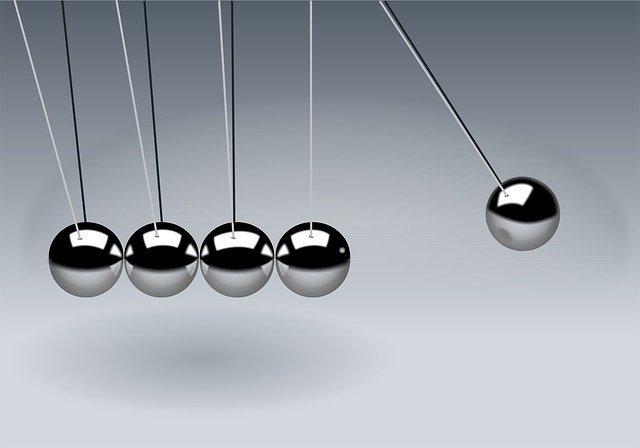Geometry presents us with various patterns and shapes in two dimensions as well as in three dimensions. And it becomes essential to know about their measurements if you want to figure out the circumference, area, and volume of shapes. Here let us see how the volume of sphere is calculated. As mentioned above, geometric figures are classified according to their physical properties into two types: plane (2D) and solid (3D). The 3D ones are also called solid geometry, and these include spheres, cylinders, cones, etc., while 2D figures include lines and points.
Volume is the space within a three-dimensional object. Mathematicians figured out how to measure it centuries ago, but it took centuries more for physics and calculus to show that they were correct. Solid volume refers to the space within a three-dimensional object, while surface area refers to the amount of space occupied on a two-dimensional surface. Calculating one from the other is quite simple; if you can measure an object’s height, width, and length, you can find its surface area, and if you know its surface area and thickness, you can find its solid volume.
A sphere is a ball-shaped object. Its volume is given by the equation: V=4/3* PI* R^3, where R stands for the radius of the sphere. If the radius of the sphere has to be expressed in meters, then the unit that we’re going to use is cubic meters (m^3) for volume. To calculate surface area of sphere, we can use the following equation: A=4*PI*R² where R stands for radius once more, so if measurements of the sphere are expressed in centimeters (cm). The unit of the area remains in square cms.
Additionally, if we know only the surface area of the ball and we want to find its radius, we can use this equation: r = square root of [A/(4*PI)] where A stands for given surface area in square meters and PI as we know is 22/7.
Some intriguing sphere facts include, as previously stated, the intersection of a sphere and a plane is a circle. The contours and plane divisions of the sphere are all triangles. On a sphere, umbilics can be seen at all points. Umbilical or umbilical points are locations on a surface that are locally spherical in three-dimensional differential geometry. The normal curvatures in all directions measure equal in value at such points, implying that the major direction is possessed by the tangent vector and both of the principal curvatures measure equal. On the sphere, there is no such thing as a surface with centers. The diameter of the sphere remains constant. The geodesics of the sphere are all supposed to be closed curves. A sphere, on the other hand, does not belong in the polyhedron category. It has no edges or so-called vertices and is symmetrical.
For the proper practice of such math topics presented in class, the Cuemath website includes a lot of geometry-related as well as other math topic-related worksheets. The worksheets provide a comprehensive, hands-on approach to problem-solving. These worksheets are also downloadable and are meticulously aligned to assist students in figuring out the problem on their own using high-quality graphic and visual representations, making them more effective. This is why math worksheets are such an important element of a student’s geometry and pre-calculus math, algebra preparation.
Math can be a difficult topic for some children to master. It’s the foundation for higher-level math, and if you don’t grasp the fundamentals, you won’t be able to apply your knowledge to increasingly challenging problems.




